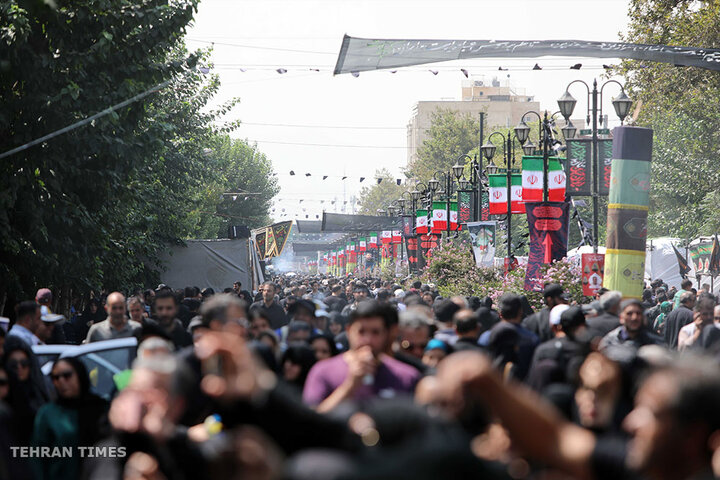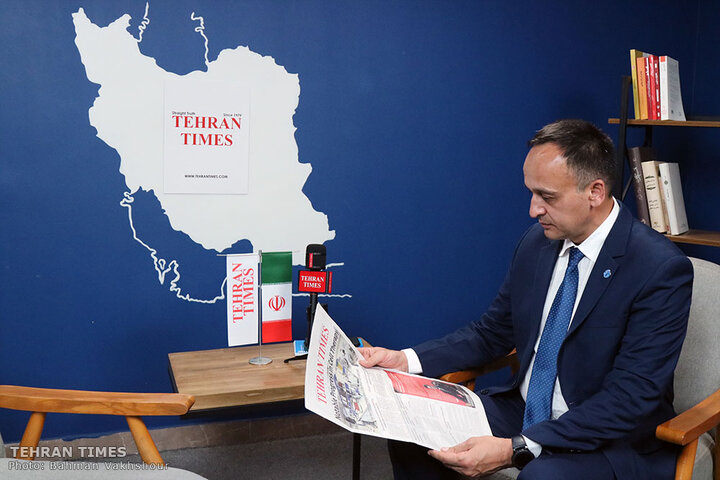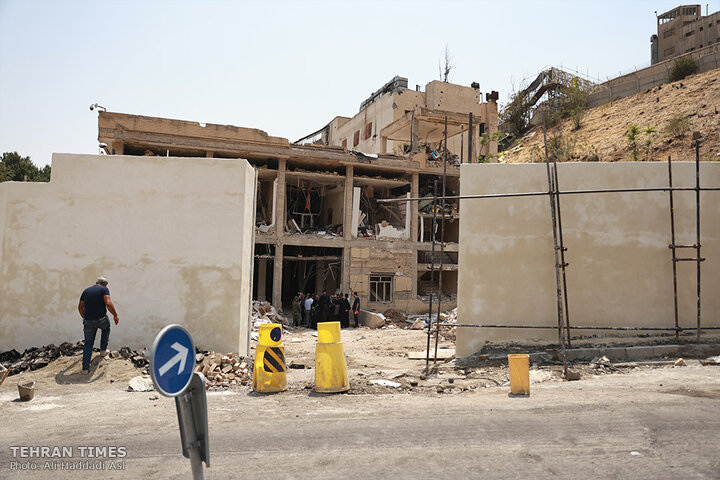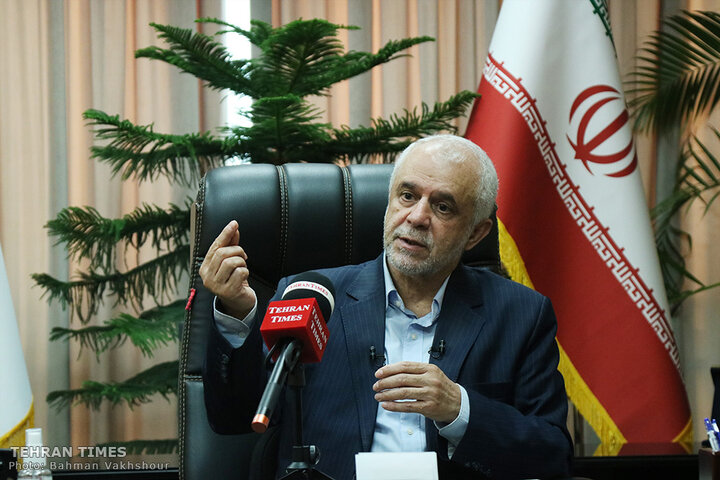-
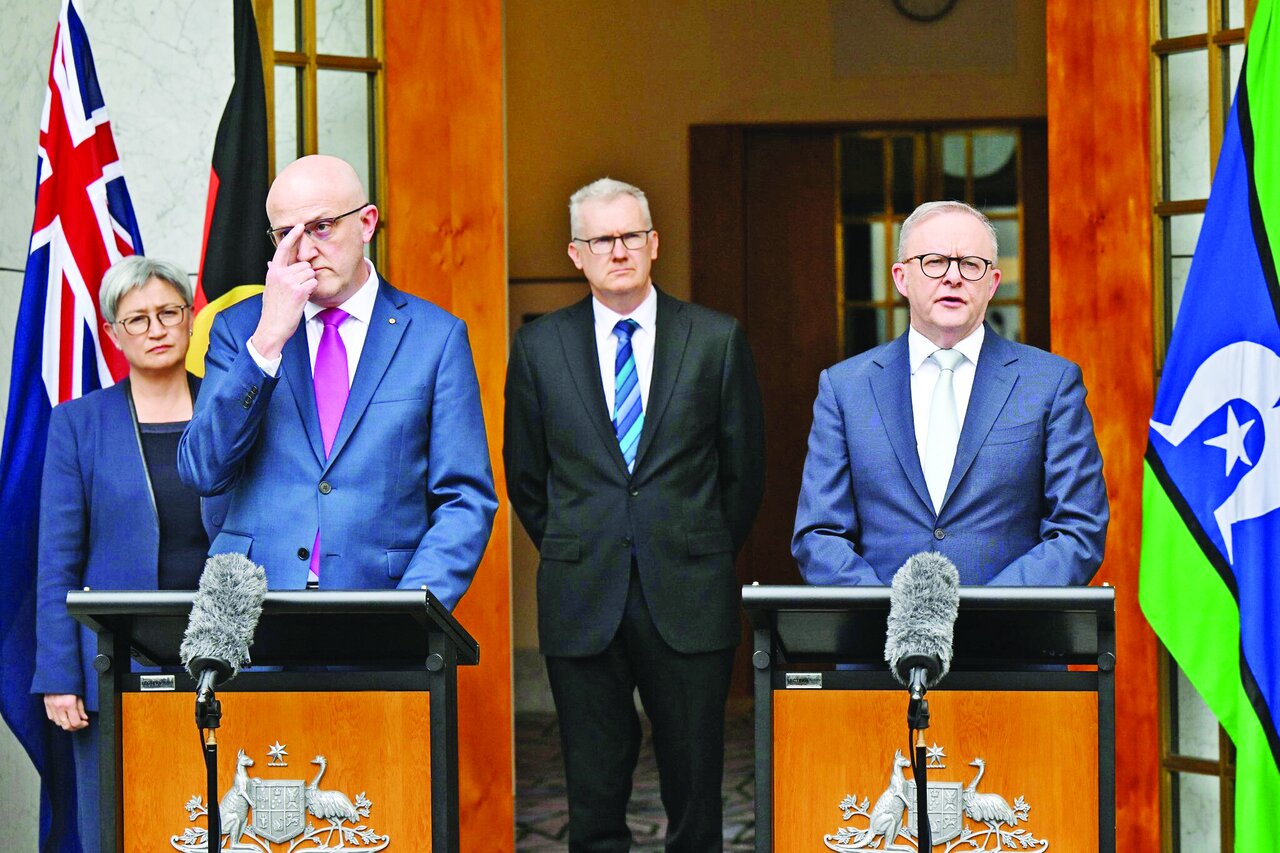 2025-08-26 22:02
2025-08-26 22:02
By Soheila Zarfam
Kangaroo court
Aussie PM expels Iran’s envoy over unfounded allegations of “antisemitic” attacks after he angers Israel for plans to recognize Palestine
TEHRAN – When Australian Prime Minister Anthony Albanese faced cameras in Canberra on Tuesday to announce the expulsion of Iran’s ambassador, he looked like a judge delivering a verdict in what English speakers call a kangaroo court.
-
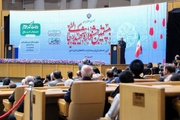
Iran will not bow to bullying and arrogance: Pezeshkian
TEHRAN – Iranian President Masoud Pezeshkian has emphasized the resilience and unity of the Iranian people in the face of foreign pressure.
-
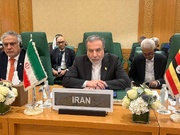
By Mona Hojat Ansari
‘History will not forgive delay in ending the Gaza tragedy’: Araghchi
Attending an OIC session, Iran’s FM calls upon the Muslim world to finally do something about Israel’s crimes
TEHRAN – Iranian Foreign Minister Abbas Araghchi asked Muslim leaders on Monday to take decisive action to put an end to Israel’s massacre of Palestinians in Gaza, warning that the region may never be able to stand against Israeli violence if it does not act now.
-

Top military official tells Pakistan Iran is ready for joint action against terrorism
TEHRAN – Iran's top military leader has affirmed the nation's unwavering resolve to crush terrorism and safeguard the shared borders with Pakistan, following increased terrorist activity along the volatile frontier.
-
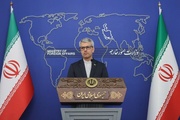
Israel’s crimes in Gaza cannot go unpunished: Iran foreign ministry
TEHRAN – Iran’s Foreign Ministry spokesman Esmail Baghaei has condemned Israel’s ongoing genocide in Gaza, noting the killing of five international journalists just a day earlier.
-

No restraint in face of future aggression, says Iran’s parliament speaker
Iran’s Parliament Speaker Mohammad-Baqer Qalibaf has warned that the Islamic Republic will not show self-restraint if a new war is waged against the country, vowing that any aggression would trigger a broader response across multiple fronts.
Politics
-

Israel’s crimes in Gaza cannot go unpunished: Iran foreign ministry
TEHRAN – Iran’s Foreign Ministry spokesman Esmail Baghaei has condemned Israel’s ongoing genocide in Gaza, noting the killing of five international journalists just a day earlier.
-

Top military official tells Pakistan Iran is ready for joint action against terrorism
TEHRAN – Iran's top military leader has affirmed the nation's unwavering resolve to crush terrorism and safeguard the shared borders with Pakistan, following increased terrorist activity along the volatile frontier.
-

Iran will not bow to bullying and arrogance: Pezeshkian
TEHRAN – Iranian President Masoud Pezeshkian has emphasized the resilience and unity of the Iranian people in the face of foreign pressure.
Sports
-

Esteghlal held by Zob Ahan in 2025/26 PGPL Matchweek 2
TEHRAN – Esteghlal football team scored a late goal to draw 3-3 with Zob Ahan in Matchweek 2 of the 2025/26 Iran’s Persian Gulf Professional League (PGPL) on Tuesday.
-

Iran’s fixtures in 2025 CAFA Nations Cup revealed
TEHRAN – Iran will meet Afghanistan in the 2025 CAFA Nations Cup opening match.
-

Iran basketball captain Kazemi lauds new generation
TEHRAN – Iran basketball captain Arsalan Kazemi lauded his team’s performance in the 2025 FIBA Asia Cup, where Team Melli won a bronze medal in Jeddah, Saudi Arabia.
Culture
-
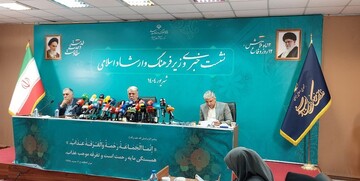
Culture minister highlights year of progress in arts, global image enhancement
TEHRAN- In a press conference held in Tehran on Tuesday, the Minister of Culture and Islamic Guidance Seyyed Abbas Salehi highlighted key achievements over the past year.
-

Adaptation of “Ramses II” to go on stage in Tehran
TEHRAN-A loose adaptation of French writer Sebastien Thiery’s play “Ramses II” will go on stage at Tehran's City Theater Complex later this month.
-

Iran’s Association of Writers for Children and Youth announces nominees for 2026 ALMA
TEHRAN- Nominees of Iran’s Association of Writers for Children and Youth for the 2026 Astrid Lindgren Memorial Award (ALMA) were announced on Monday.
Economy
-
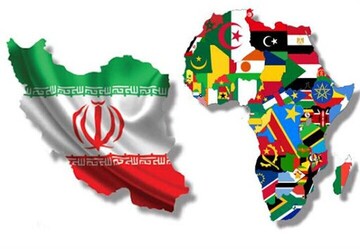
Exports to Africa more than double in 4 months
TEHRAN – Iran’s exports to Africa rose 2.2 times in the first four months of the current Iranian calendar year (March 21- July 22), the head of the Africa Office at the Trade Promotion Organization (TPO) announced.
-
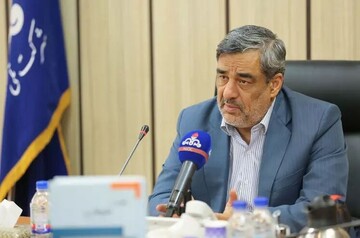
Iran’s oil output hits 7.5-year high, NIOC head says
TEHRAN – Iran’s crude oil production reached its highest level in seven and a half years at the beginning of September, the head of the National Iranian Oil Company (NIOC) said on Tuesday.
-

Iran ready to supply steel products, engineering services to Uzbekistan
TEHRAN – Iran is ready to supply steel products and engineering services to Uzbekistan, the head of the Iranian Mines and Mining Industries Development and Renovation Organization (IMIDRO) said in a meeting with the head of Uzbekistan’s Metallurgy Association.
Society
-

Iran ranks first in biotech among Islamic nations: SCImago
TEHRAN – With 1,111 documents in biotechnology, Iran ranked first among Islamic countries in 2024, up from second in 2023, according to the recent report published by SCImago.
-

DOE, ICCIMA hold coordination meeting in preparation for COP30
TEHRAN –The head of the Department of Environment, Shina Ansari, and the members of Iran Chamber of Commerce, Industries, Mines and Agriculture (ICCIMA) have discussed ways to strengthen the country’s participation in the 2025 United Nations Climate Change Conference, known as the 30th Conference of the Parties (COP30).
-

More than 2,700 women appointed to managerial positions in a year: VP
TEHRAN – More than 2,700 female managers have been appointed in the country as deputy ministers, director generals, deputy director generals, governors, district governors, and heads of research institutes since the current administration took office last year, Zahra Behrouz-Azar, the Vice-President for Women and Family Affairs, has said.
Tourism
-
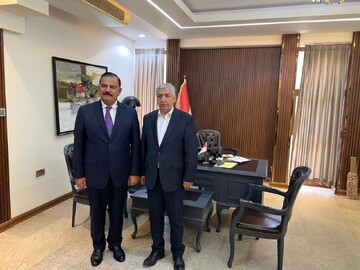
Iraq signals readiness to exchange 10 million tourists with Iran
TEHRAN – Iraq’s Minister of Culture, Tourism and Antiquities Ahmed Fakak al-Badrani said on Tuesday that his country welcomes increasing tourist exchanges with Iran to 10 million visitors in a year.
-
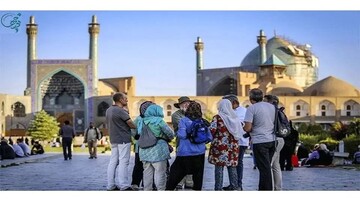
Isfahan seeks to become a ‘tourist city’
TEHRAN — Mohammadreza Akbari, the tourism chief of Isfahan province, has announced plans to transform Isfahan into a “tourist city” through a series of initiatives.
-

Iran’s handicraft exports hit $223 million last year
TEHRAN – Iran exported $223 million worth of handicrafts in the past Iranian calendar year (ended on March 20), with an additional similar amount exported informally by travelers, a senior cultural heritage official said on Tuesday.
International
-
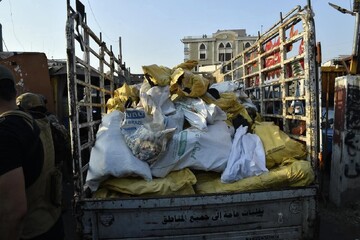
The farce of handing over weapons in Beirut’s Palestinian refugee camps
BEIRUT—The charade of handing over weapons in a Palestinian refugee camp in Beirut on Thursday evening was considered nothing but a political scandal, whereby the Lebanese authorities—like their Palestinian counterparts—have transformed into clowns willing to do whatever they can to please Washington and Riyadh.
-

UN declares famine in Gaza
The UN has officially declared a famine in Gaza after months of Israeli restrictions that cut off food and water supplies to more than two million people.
-

What lessons can Europe learn from "daddy" school?
TEHRAN - US President Donald Trump’s recent meeting with European leaders appears to have left them with egg on their faces.
Video Comment
-

Culture minister highlights year of progress in arts, global image enhancement
-

Gazan Journalists attacked by Israel
-

Brother of Iranian scientist murdered in Israeli strike speaks out
-

Footage shows Israel hit a kindergarten in Tehran
-

Delegates and ambassadors from 28 countries visited the IRIB building
Most Viewed
-
‘History will not forgive delay in ending the Gaza tragedy’: Araghchi
-
Iranian media says Tehran, E3 set for Geneva nuclear talks on Tuesday
-
Iran and Russia reiterate Tehran’s right to uranium enrichment during presidential phonecall
-
Exclusive: ‘Snapback’ sanctions are illegitimate and unenforceable; Human Rights advocate argues
-
Iran’s judiciary chief urges swift action against Zionist collaborators
-
Iran gained access to advanced technology in 12-day defense
-
Naval drill manifests Iran’s strategic power
-
Nanotechnology takes a leap forward in a year
-
Iran-Saudi ‘Greater Wall’ of unity against ‘Greater Israel’ vision
-
Six things to know about Dutch cabinet walkout over Israeli crimes in Gaza
-
Major development projects to be inaugurated during government week
-
10 photos from Iran win at International Photography Awards 2025
-
Beyond sanctions and strikes
-
Iran ready to supply steel products, engineering services to Uzbekistan
-
Iran targets $4.5b in technical-engineering services exports by Mar. 2026
